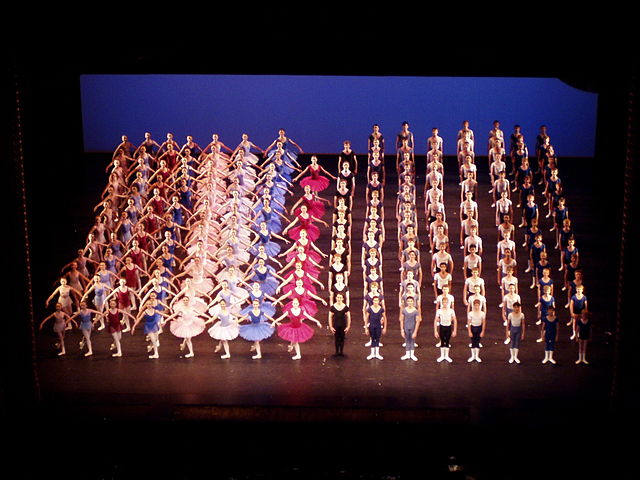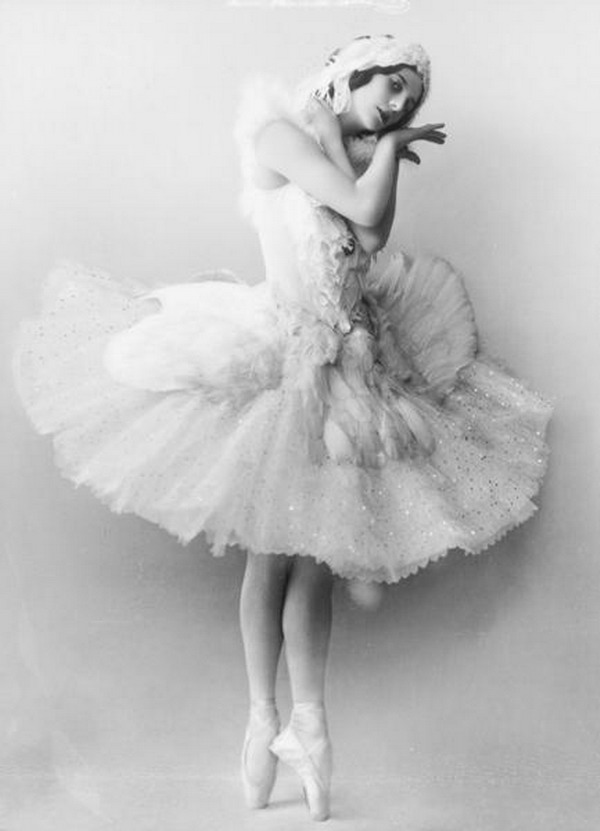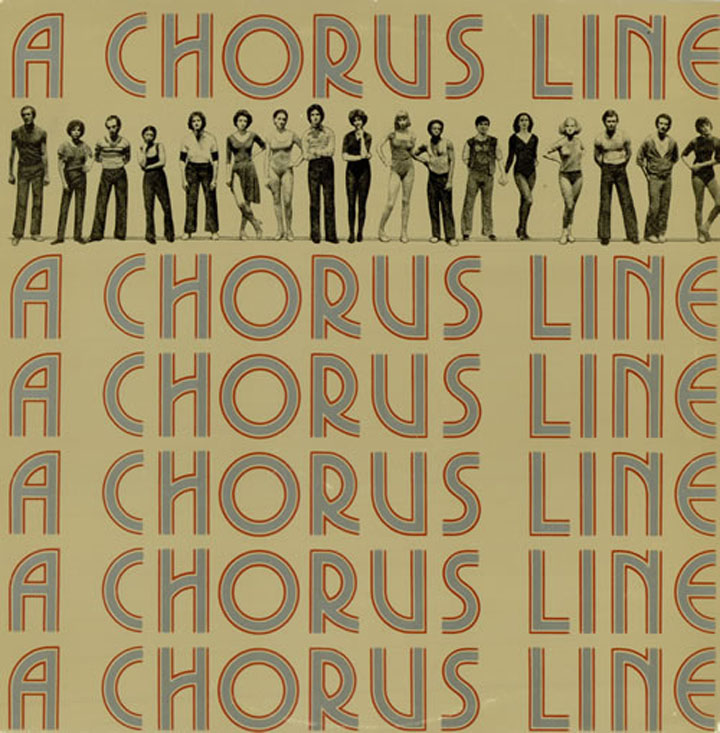
With shouts of “…and 5, 6, 7, 8” resonating all over the country, the legendary Broadway production A Chorus Line is returning to the UK. Dust off your leotards as Michael Bennett’s Tony Award-winning production will be revived for the first time in 35 years, in London next year, opening at the West End’s London Palladium on 19 February 2013.
Full of high-cut leotards and tan character shoes, A Chorus Line is to be directed by Bob Avian, who also directed the 2006 Tony-nominated Broadway production, with this production being dedicated to Marvin Hamlisch, the composer who wrote the music, who died in August this year. Avian was Bennett’s long-term collaborator and his co-choreographer on the original production, and again for the long-rumoured revival. A Chorus Line won nine Tony Awards and the Pulitzer Prize for Drama when it opened on Broadway in 1975 and went on to become the then longest-running musical on Broadway, reaching 6,137 performances. It transferred to the West End the following year, winning the Olivier Award for Best New Musical. In 1985, it was made into a Hollywood film directed by Richard Attenborough and starring Michael Douglas as the demanding director putting his dancers – including one ex-lover – through their paces.
The story focuses on 17 hopefuls auditioning for just eight places in a new Broadway musical with its famous score including number such as “I Hope I Get It”, “Sing!” and, most memorably, “One (Singular Sensation)”. The auditionees describe the events which have shaped their lives and their decisions to be dancers. Based on true stories, A Chorus Line revolutionised Broadway.
The London revival is booking until 13 July 2013, with open auditions being held on 1 October 2012 for male and female performers aged 18 to 35… so grab your legwarmers and take to the stage!
Image courtesy of Wikimedia Commons.

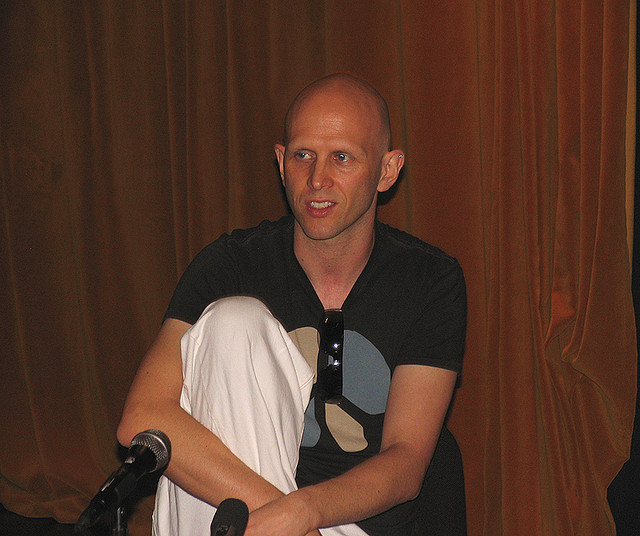
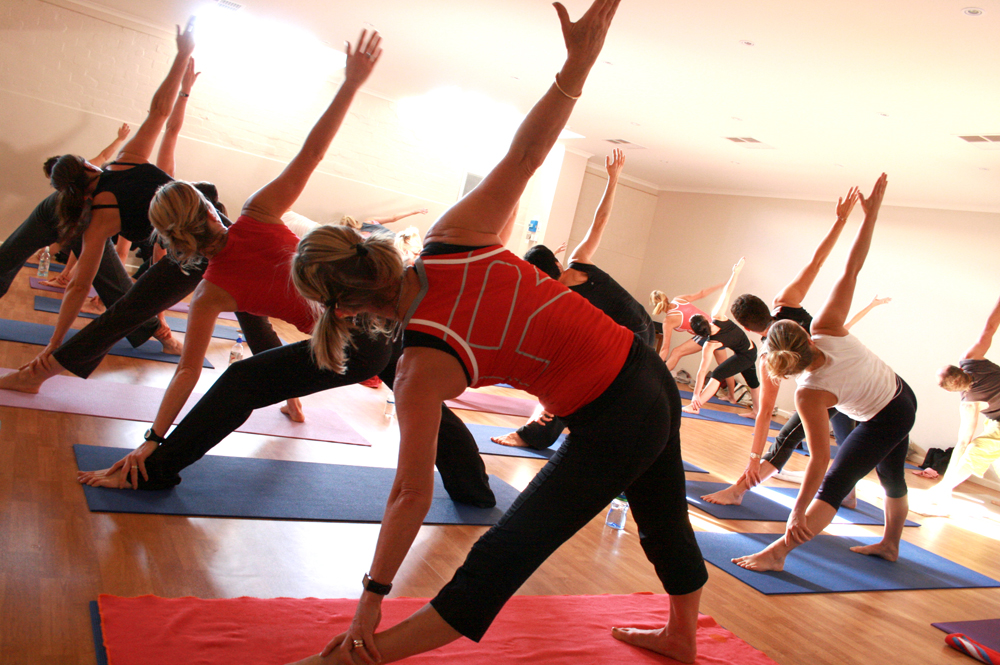

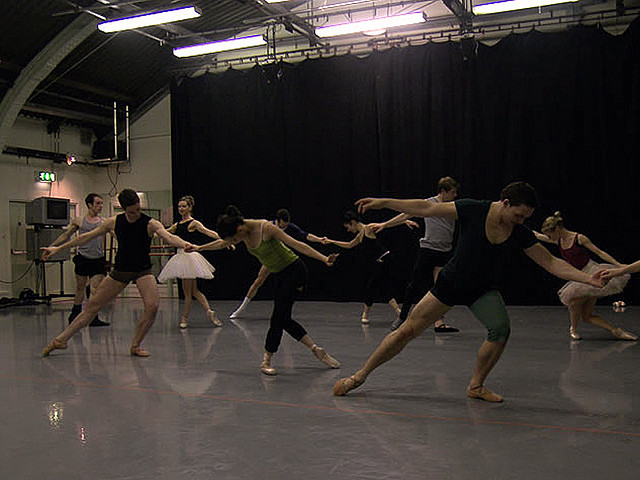

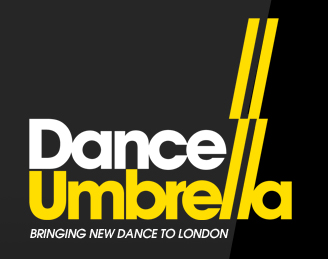 In October this year, Dance Umbrella will present a very different festival than is usually presented, co-curated by Artistic Director Betsy Gregory and choreographer Jonathan Burrows. Dance Umbrella 2012 will run from 5 to 14 October, presented in the Platform Theatre at the new Central Saint Martin’s College of Art and Design in King’s Cross, in addition to two site-specific works in the surrounding area.
In October this year, Dance Umbrella will present a very different festival than is usually presented, co-curated by Artistic Director Betsy Gregory and choreographer Jonathan Burrows. Dance Umbrella 2012 will run from 5 to 14 October, presented in the Platform Theatre at the new Central Saint Martin’s College of Art and Design in King’s Cross, in addition to two site-specific works in the surrounding area.